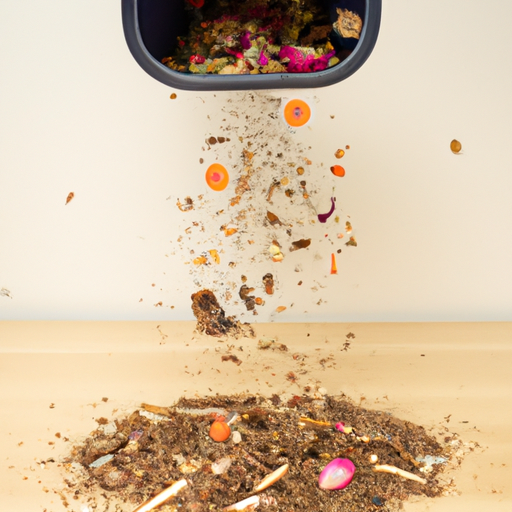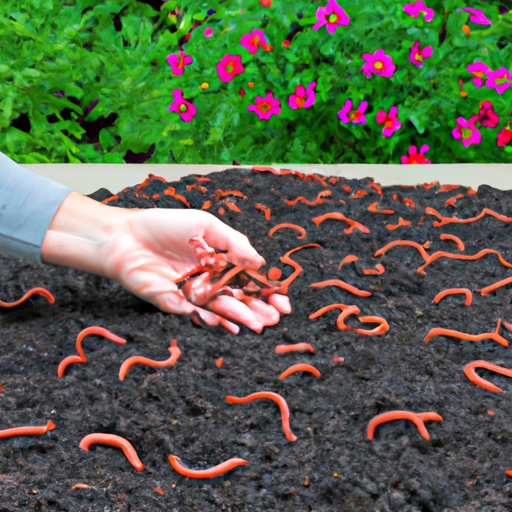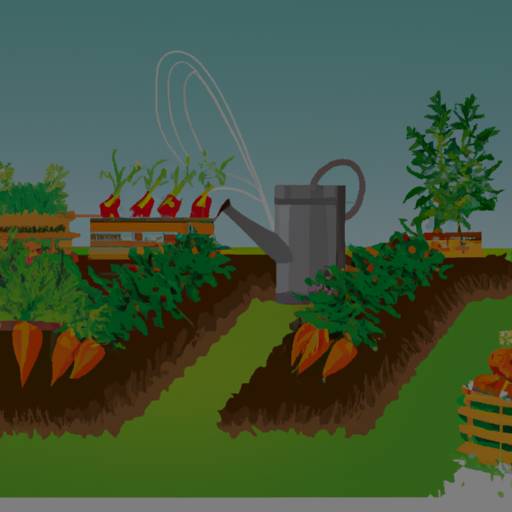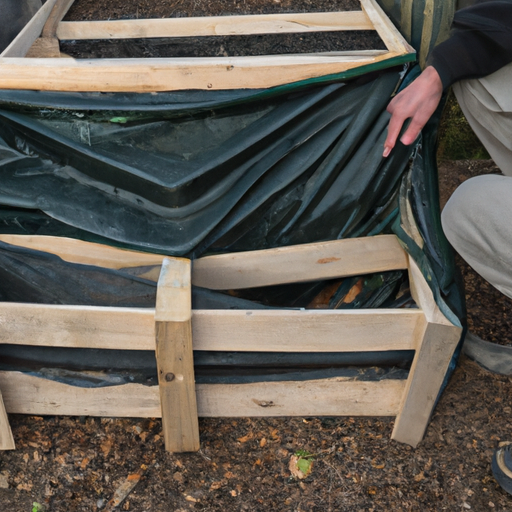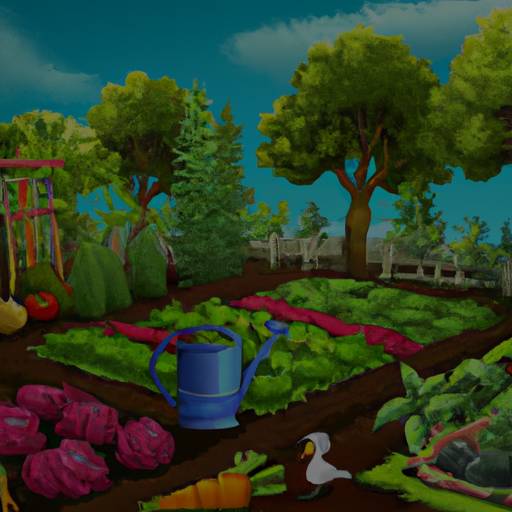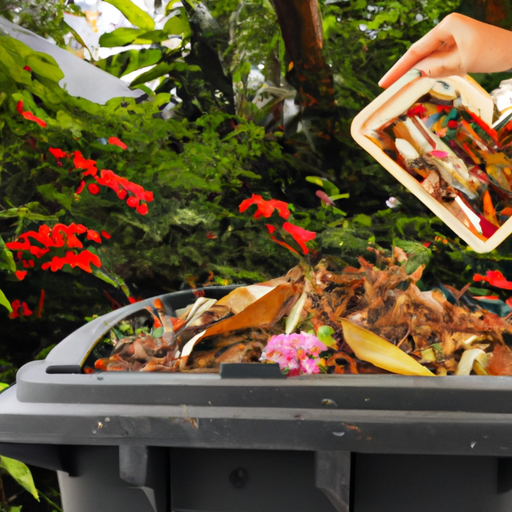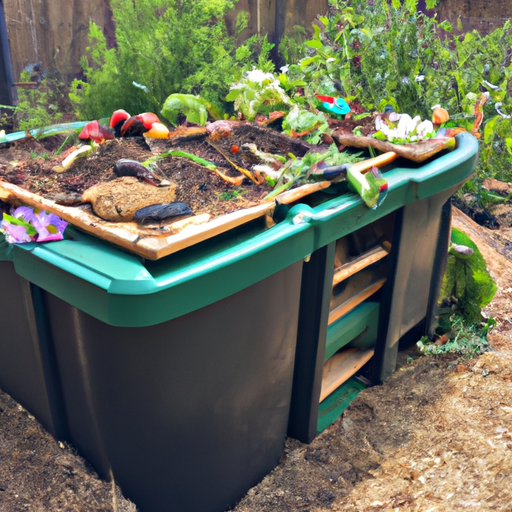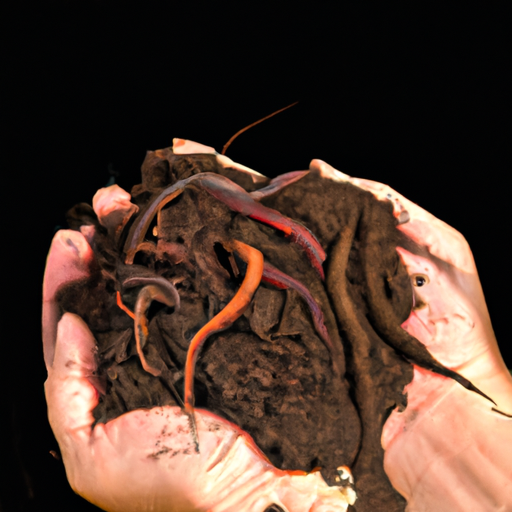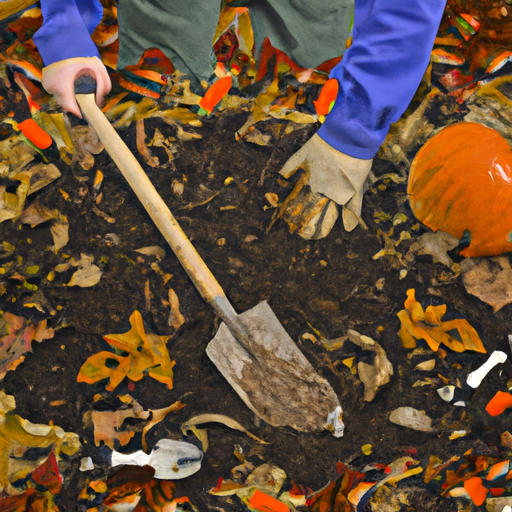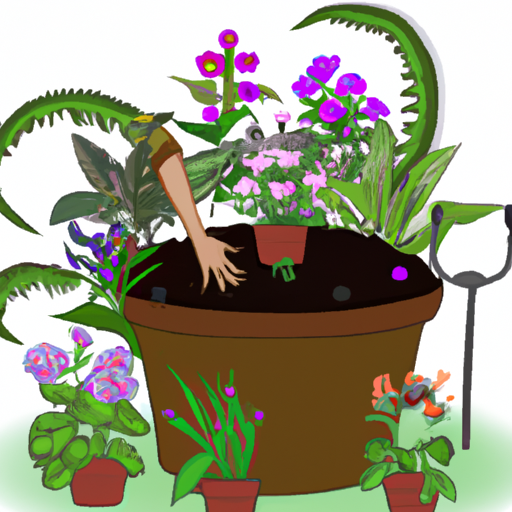Everything You Need to Know About Bokashi Composting
Bokashi composting is a Japanese method of fermentation that turns food waste into nutrient-rich soil. Unlike traditional composting methods, bokashi composting can process all types of food waste without odors or pests. The process involves adding food waste to an air-tight container with bokashi bran, which contains beneficial microorganisms that ferment the waste. The resulting compost can be used in gardens to improve soil fertility. Setting up a bokashi composting system requires an airtight container lined with newspaper or cardboard and regular maintenance. Bokashi compost can be used on indoor plants and breaks down food scraps up to ten times faster than traditional composting methods.
